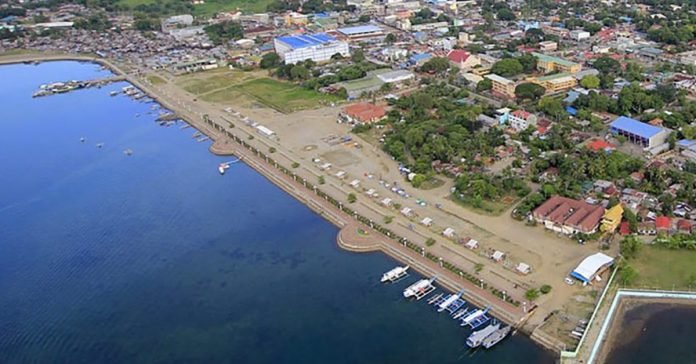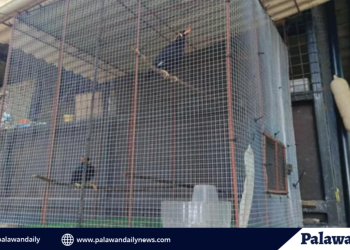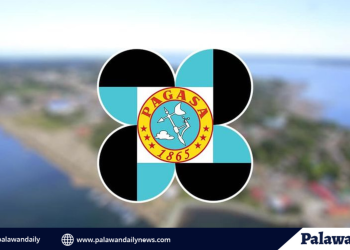The shellfish ban in Puerto Princesa Bay was not lifted yet as the new Shellfish Bulletin issued by the Bureau of Fisheries and Aquatic Resources (BFAR) last Friday says it is still affected by “red tide”.
Puerto Princesa Bay is infected with the presence of harmful algal bloom that causes “red tide” since May 2019, because in the succeeding months of June until present the bay is included in the shellfish bulletins.
The latest was issued on Friday, November 15, 2019 through the Shellfish Bulletin No. 21 signed by Bureau of Fisheries and Aquatic Resources (BFAR) Undersecretary for Fisheries, Commodore Eduardo Gongona.
“Based on the latest laboratory results of the Bureau of Fisheries and Aquatic Resources (BFAR) and Local Government Units (LGUs), shellfishes collected at coastal waters of Sual in Pangasinan; coastal waters of Pampanga; coastal waters of Bataan (Mariveles, Limay, Orion, Pilar, Balanga, Hermosa, Orani, Abucay and Samal); Puerto Princesa Bay, Puerto Princesa City in Palawan; coastal waters of Dauis and Tagbilaran City in Bohol; and Irong-irong, San Pedro, and Silanga Bays in Western Samar are still positive for paralytic shellfish poison that is beyond the regulatory limit. Moreover, Cancabato Bay, Tacloban City in Leyte is now positive for red tide toxin,” the Shellfish Bulletin read.
During the start of 2019, Puerto Princesa Bay was covered by the shellfish ban due to “red tide” then, and was only lifted in February 2019.
In the months of February until May 2019, Puerto Princesa Bay was negative of red tide, but on May 2, 2019, laboratory tests yielded a result that it is positive of harmful algal bloom that causes red tide, thus a Local Red Tide Warning to the public was issued by the Office of the City Mayor.
This was issued in order to safeguard human lives while waiting for the result of the Confirmatory Test of Shellfish Samples.
Joven Delgado, aquaculturist of the City Agriculture’s Office said that as a protocol, weekly test and sampling within the area declared as positive of red tide toxin. If during the laboratory test, it yielded three negative results from toxins, then that will be the only time that the shellfish ban will be lifted.
He said that factors that contribute to the increase of the population of the “red tide”-causing organism are low salinity of seawater and high surface temperature of seawater.
He further said that the absence of wastewater treatment is also a factor that contributed to harmful algal bloom that causes “red tide”, since dirty water is drained towards the sea.




















Discussion about this post